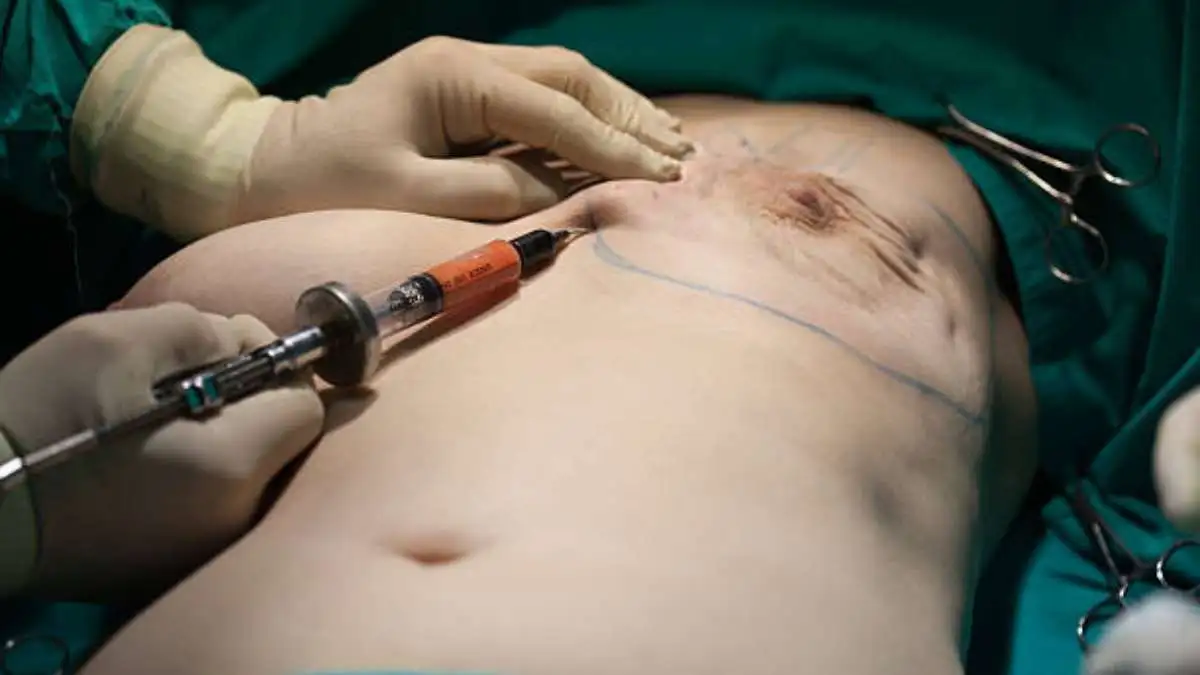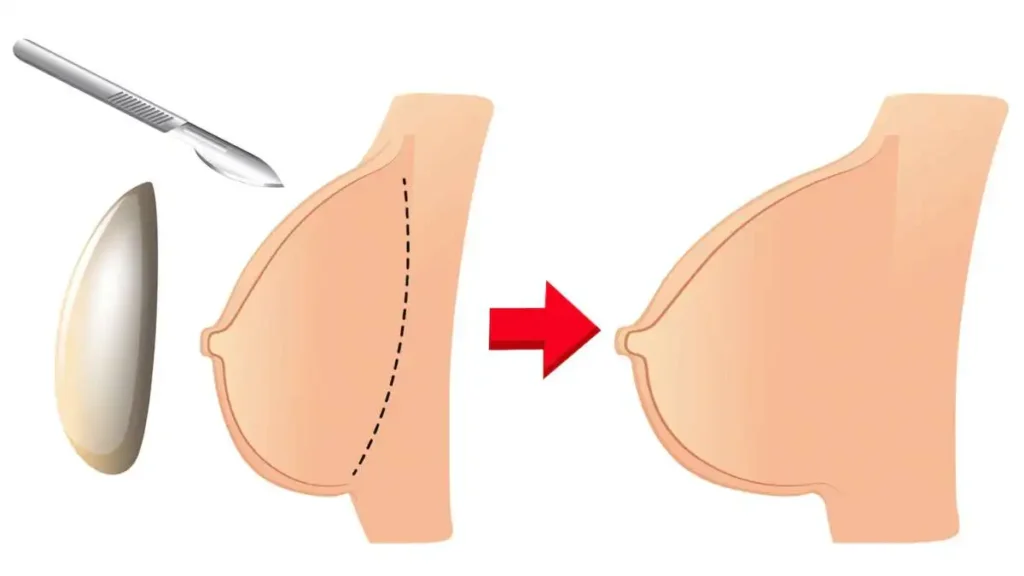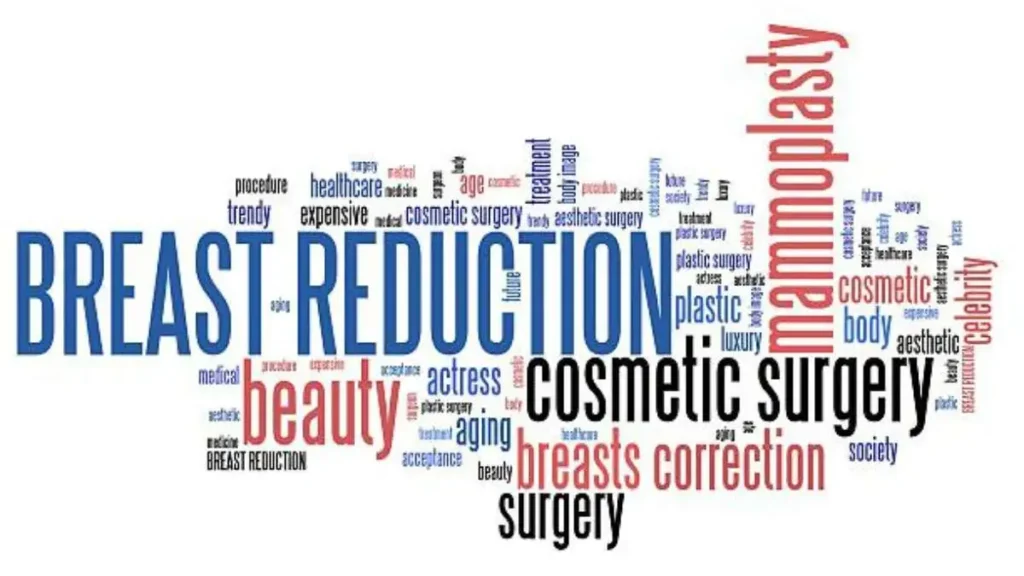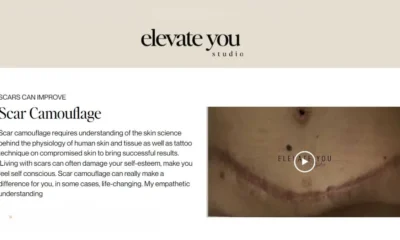HEALTH AND FITNESS
Understanding Different Types of Breast Surgery: Augmentation, Reduction, and Lifts

Breast surgery encompasses a variety of procedures designed to enhance, reduce, or lift the breasts. Each type of surgery addresses different concerns and offers unique benefits, helping individuals achieve their desired aesthetic goals. This article explores the different types of breast surgery, including breast augmentation, breast reduction, and breast lifts, to help you understand which procedure might be right for you.
Table of Contents
Breast Augmentation
What is Breast Augmentation?
Breast augmentation, or augmentation mammoplasty, is a cosmetic surgical procedure designed to increase the size and enhance the shape of the breasts. This is typically achieved through the placement of breast implants or, in some cases, fat transfer from other parts of the body.


Benefits
- Enhanced Breast Size and Shape: Achieve fuller, more proportionate breasts.
- Improved Symmetry: Correct natural asymmetry for a balanced look.
- Boosted Confidence: Many patients experience increased self-esteem and body confidence.
Types of Implants
- Saline Implants: Filled with sterile saline solution, these implants are inserted empty and filled once in place, allowing for smaller incisions.
- Silicone Implants: Filled with silicone gel, these implants tend to feel more like natural breast tissue and are pre-filled.
- Gummy Bear Implants: A type of silicone implant that maintains its shape even if the shell is broken, offering a stable, natural-looking enhancement.
What to Expect
The procedure involves making incisions in inconspicuous areas to minimize visible scarring. Common incision sites include the crease under the breast (inframammary), around the areola (periareolar), or in the armpit (transaxillary). Recovery typically takes a few weeks, with most patients returning to normal activities within a month.
Breast Reduction
What is Breast Reduction?
Breast reduction surgery, or reduction mammoplasty, is a procedure designed to remove excess breast tissue, fat, and skin to achieve a breast size that is more proportionate to the body. This surgery is often sought by individuals experiencing physical discomfort or emotional distress due to overly large breasts.
Benefits
- Relief from Physical Discomfort: Alleviate back, neck, and shoulder pain caused by large breasts.
- Improved Mobility and Posture: Enjoy greater ease in physical activities and improved posture.
- Enhanced Self-Confidence: Feel more comfortable and confident in clothing and daily life.
What to Expect
During the procedure, the surgeon makes incisions to remove excess tissue and reshape the breasts. The nipples and areolas may also be repositioned to create a more natural look. Recovery involves managing swelling and discomfort for a few weeks, with most patients resuming regular activities within a month.
Breast Lift
What is a Breast Lift?
A breast lift, or mastopexy, is a surgical procedure designed to raise and reshape sagging breasts by removing excess skin and tightening the surrounding tissue. This procedure can restore a more youthful and uplifted breast contour without significantly changing the size of the breasts.
Benefits
- Restored Youthful Contour: Lift and firm sagging breasts for a more youthful appearance.
- Improved Breast Symmetry: Correct asymmetry and enhance overall breast shape.
- Increased Confidence: Many patients feel more confident in their appearance and clothing choices.
Types of Breast Lifts
- Crescent Lift: Involves a small incision around the upper half of the areola, ideal for minimal sagging.
- Periareolar Lift: Also known as a “donut lift,” involves an incision around the entire areola and is suitable for mild sagging.
- Vertical Lift: Involves an incision around the areola and vertically down to the breast crease, addressing moderate sagging.
- Anchor Lift: Involves incisions around the areola, vertically down to the breast crease, and along the crease, suitable for significant sagging.
What to Expect
The procedure typically involves making incisions, lifting and reshaping the breast tissue, and removing excess skin. The nipples and areolas may be repositioned to a higher, more youthful location. Recovery includes managing swelling and discomfort, with most patients resuming normal activities within a few weeks.


Choosing the Right Procedure For Breast Surgery
Factors to Consider
Aesthetic Goals: Determine what changes you want to achieve in terms of size, shape, and lift.
Physical Discomfort: Consider if your current breast size is causing any physical pain or discomfort.
Lifestyle: Think about how your daily activities and lifestyle may be affected by the procedure and recovery process.
Medical History: Discuss any medical conditions or previous surgeries with your surgeon to ensure the chosen procedure is safe for you.
Consultation with a Qualified Surgeon
The first step in deciding which breast surgery is right for you is to consult with a board-certified plastic surgeon. During the consultation, your surgeon will evaluate your breast anatomy, discuss your goals, and recommend the most suitable procedure. This is also an opportunity to ask questions, understand the risks and benefits, and get a clear picture of what to expect.
Recovery and Aftercare
General Recovery Tips
- Follow Post-Operative Instructions: Adhere to your surgeon’s guidelines for care, including how to care for incisions and manage pain.
- Wear Supportive Garments: Use post-surgical bras or compression garments as recommended to support healing.
- Avoid Strenuous Activities: Refrain from heavy lifting, vigorous exercise, and other strenuous activities until cleared by your surgeon.
- Attend Follow-Up Appointments: Regular check-ups with your surgeon ensure proper healing and address any concerns.
Long-Term Care
Maintaining a healthy lifestyle, including a balanced diet and regular exercise, can help preserve the results of your breast surgery. Regular mammograms and self-examinations are also important for monitoring breast health.
Conclusion
Understanding the different types of breast surgery—augmentation, reduction, and lifts—can help you make an informed decision about which procedure is right for you. Each type of surgery offers unique benefits and can address specific concerns, helping you achieve your desired aesthetic goals. Always consult with a qualified, board-certified plastic surgeon to discuss your options, ensure your safety, and achieve the best possible results. With the right approach and expert care, breast surgery can enhance your appearance, boost your confidence, and improve your overall quality of life.
-



 GENERAL4 days ago
GENERAL4 days agoUncovering the World of кинокрадко: The Dark Side of Film Piracy
-



 GENERAL2 days ago
GENERAL2 days agoUnveiling the Art of преводсч: How Translators Bridge Language Barriers
-



 GENERAL4 days ago
GENERAL4 days agoThe Journey of iamnobody89757: From Anonymous User to Internet Sensation
-



 YOGA7 months ago
YOGA7 months ago4 Person Yoga Poses for Beginners














